Bank Modification
SECTION E: PHYSICAL ATTRIBUTES – BANK MODIFICATION(S)
Boxes are NOT emboldened, so more than one entry per box is permissible (e.g. if the bank is poached with some top reinforcement, enter PC/RI).
Not known (NK)
If you are unsure whether or not a bank has been modified, record NK. You can consult river management records to assess if the reach has been previously engineered. If so, make additional notes. Enter ‘NK’ for spot-checks in culverts.
None (NO)
No obvious modifications visible. It may be that subtle changes are missed at a site on the first spot-checks, but later ones show clearer signs of modification. Under such circumstances, modifying earlier spot-check records is permissible if, on closer subsequent inspection, signs are evident. To do so, review spot-checks whilst completing the sweep-up on the return leg of the survey.
Resectioned (reprofiled) bank (RS)
Bank profile modified (but not necessarily reinforced), often to accommodate flood flows, flood defence or other maintenance machinery. Recent re-profiling will produce a relatively smooth, uniformly angled, bank slope. If either the top or the bottom of a resectioned bank is reinforced, enter both RS and RI.
NB One or more of the following clues may be indicative of resectioning:
1. uniform (and sometimes evenly stepped) bank profile;
2. no trees/uniformly aged trees/saplings along banktop;
3. bankfull height often atypically high compared with bankfull width - width to height ratio <4:1 not uncommon;
4. intensive agricultural/urban land-use;
5. straightened river channel.
Typically bank re-sectioning is carried out in tandem with channel deepening; the former alone results primarily in characteristics 1 and 2 above, whilst bank and channel resectioning can also result in characteristics 3-5.
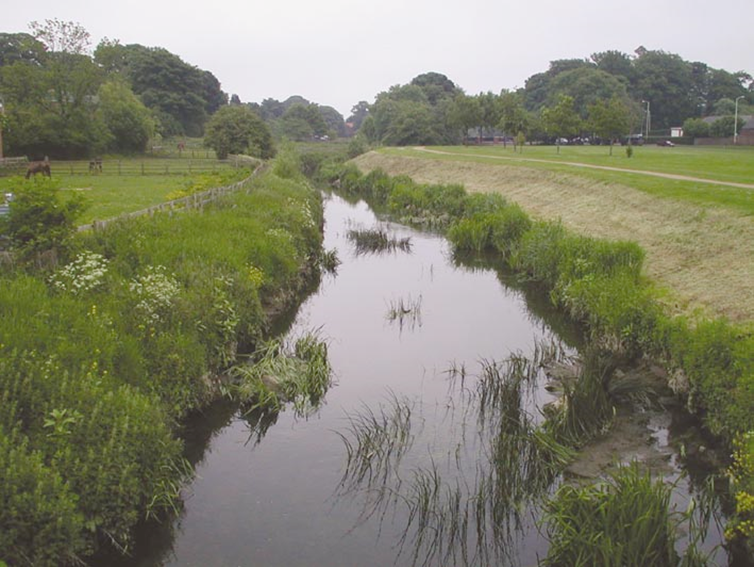
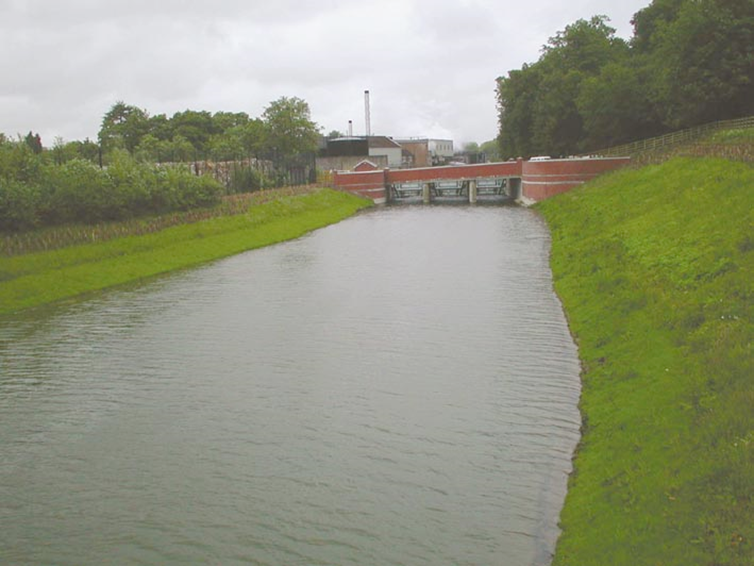
Reinforced bank (RI)
Whole or part of bank artificially strengthened for bank protection purposes. Examples include concrete, sheet piling, corrugated iron, wood piling, gabion, brick/laid stone, rip-rap, and if clearly for bank reinforcement purposes, tipped debris (see Bank Material descriptions).
Poached bank (PC)
Bank significantly trampled or puddled by livestock. Includes banks heavily trampled as a result of human activity such as picnic spots, canoe access points and fishing spots dug into the bank. Add (B) after PC (i.e. PC(B)) if the bank is predominantly bare due to poaching i.e. <50% vegetation cover.
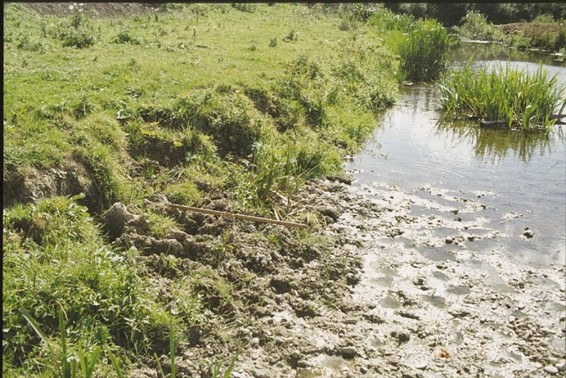
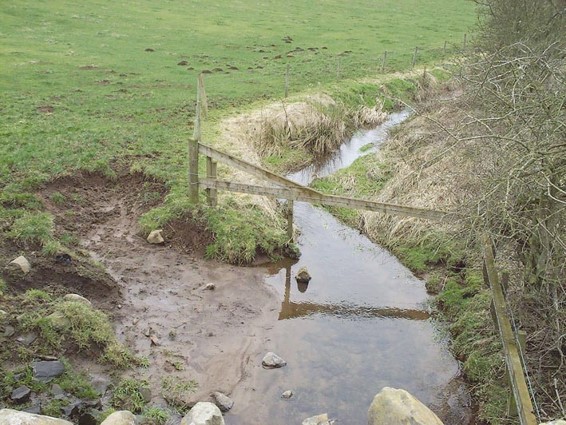
Artificial berm (BM)
Artificial two-stage channel created when either: a) a bank has been excavated laterally at a level above dry weather water level, but below the banktop; or b) an over-wide channel has artificial ledges constructed to reduce the low-flow width. This modification creates a distinct stepped or shelf appearance when first constructed, but may become less evident over time. Mention in Section P if the berm is part of river rehabilitation works.
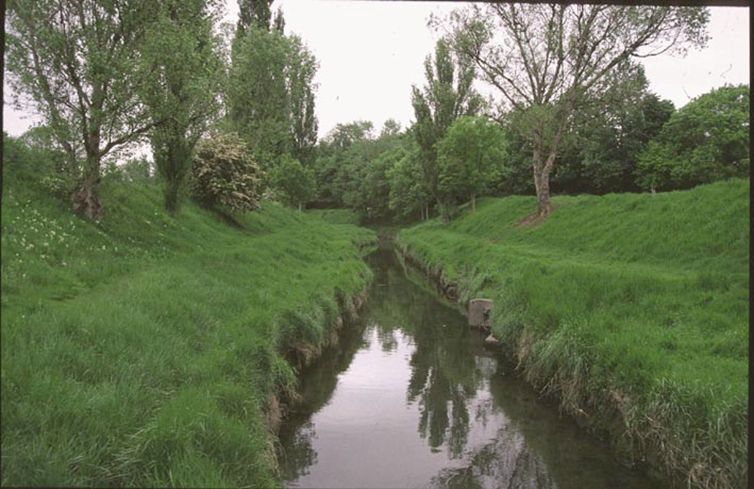
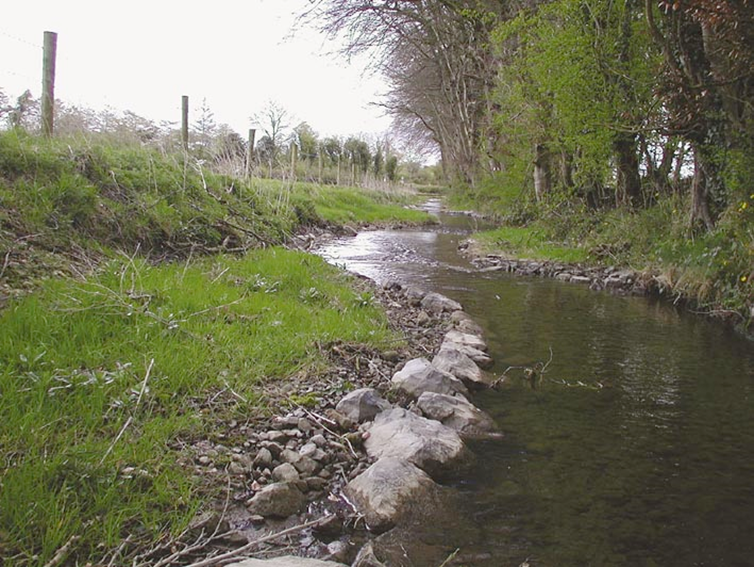
Embanked (EM)
Artificial raising of bank. A variety of materials can be used, including earth, natural stone or walls of concrete or brick. Only recorded at a spot-check when it forms an integral part of the bank. Do not include embankments set back from the immediate banktop; these are accounted for in the ‘sweep-up’.
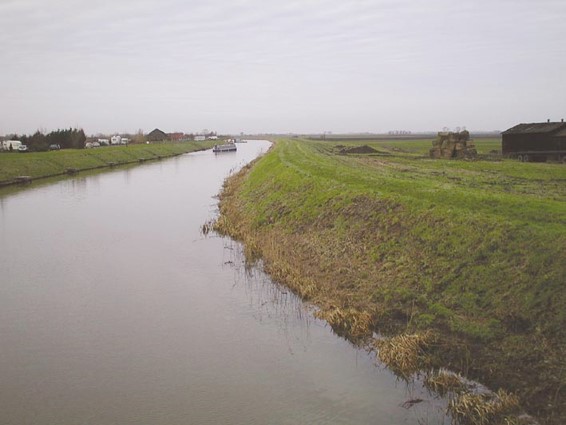

Note on bank modifications: if you are sure, beyond reasonable doubt, that there are no obvious signs of bank modification, then record ‘NO’ (none); if in doubt, record ‘NK’ (not known).